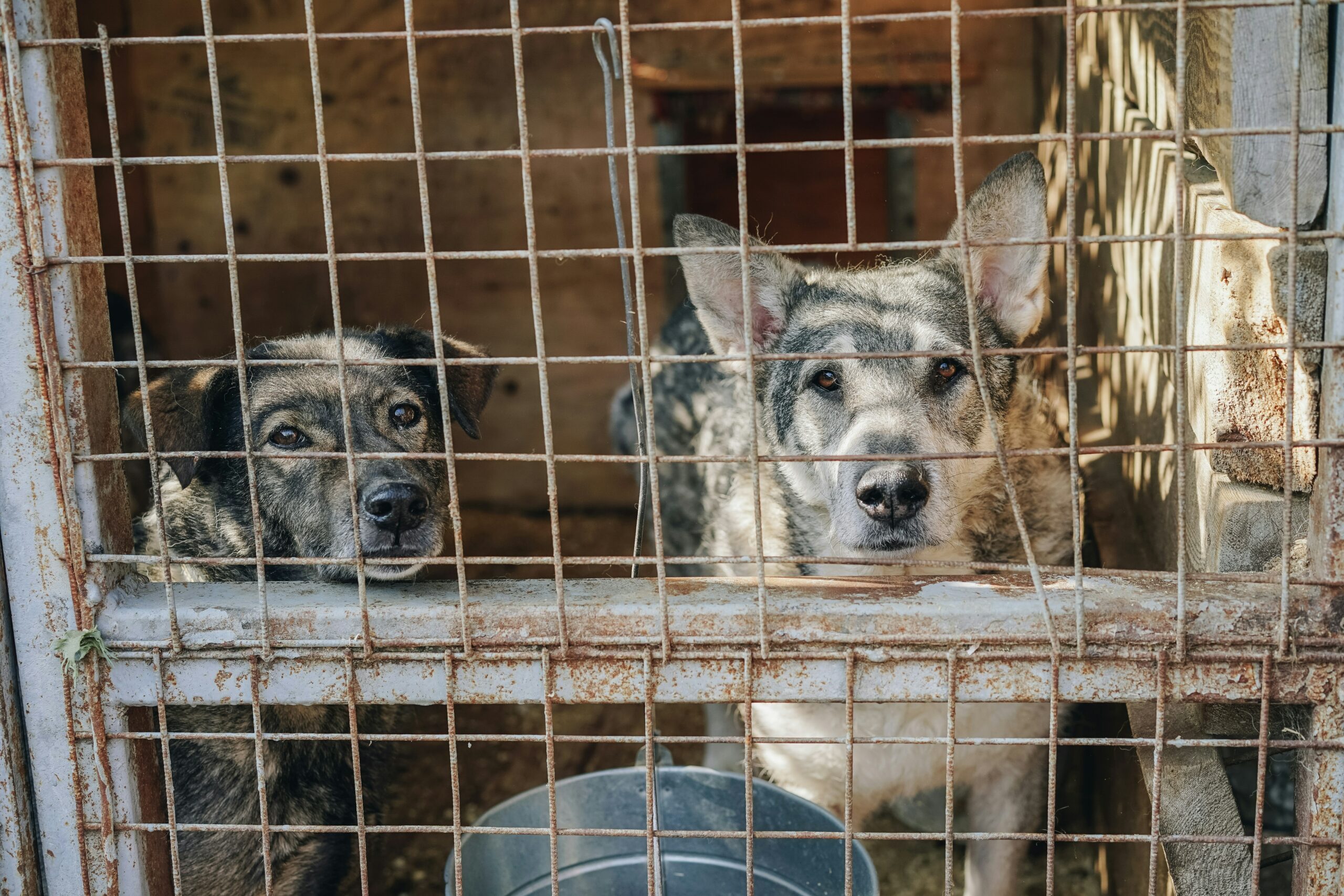Establishing a singular definition of visual rhetoric can be extremely difficult. However, outlining the criteria of such is much more plausible. Although many scholars have differing opinions, understanding the basics of visual rhetoric can help to explain the visual’s effect. Whether it is defined as a representational image or anything created by human hands, it is crucial to examine the effects of such visuals.
A Prime Example
Take, for example, an image of a dog in an animal shelter. More specifically, one where the dog looks sad and maybe even a bit disheveled. The image is possibly black and white or has a faded appearance. The cage looks dirty and rusty and the dog is sleeping on a cold floor. It is likely that one of these images, or multiple images similar to this, would be seen in a commercial promoting adopting from a local shelter. Nothing about this image would evoke a cheerful response or reaction from the viewer- which is exactly the purpose. The individual(s) that presents this image wants the audience to feel a sense of pity and guilt. As Doug Eyman explains, “it is the question of audience and the image’s persuasive effect that serves as one of the foundational elements of visual rhetoric.” The persuasiveness of the image and the knowledge of the audience is what creates the visual rhetoric.
Visual Rhetoric: A Practice
Let’s take a look at Sonja Foss’s perspective. Foss notes that visual rhetoric functions as both a practice and as a field of study. When referring to a practice, visual rhetoric is “a product individuals create as they use visual symbols for the purpose of communicating.” Using the example previously mentioned, it can be seen that the image uses visual symbols in order to communicate a specific message. The lack of color in the image along with the dirty look of it evokes sadness from the viewer. Presenting an image like this in a commercial portrays the depressed feelings of the animals. By doing this, the individual(s) showing this image are conveying the need to help these animals.





Leave a Reply